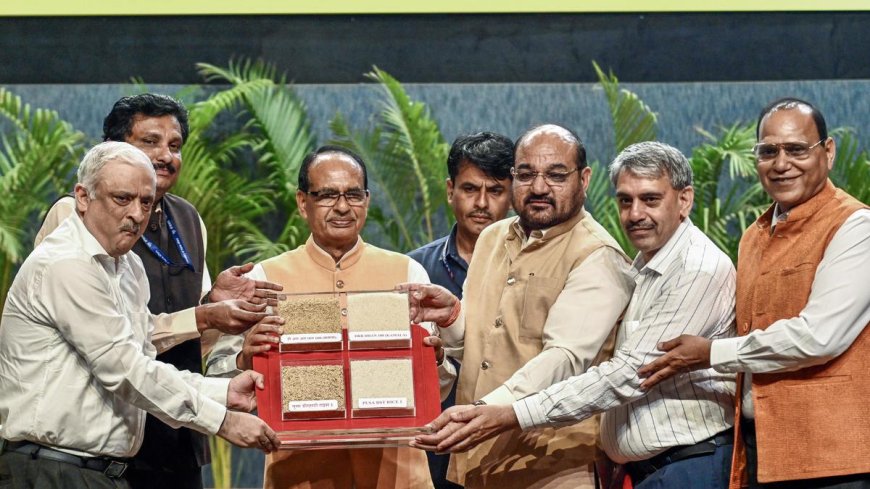How did India develop genome edited rice? | Explained

How did India develop genome edited rice? | Explained
Breaking News, Daily Updates & Exclusive Stories - asarkari
In a groundbreaking advancement for agricultural biotechnology, India has achieved a significant milestone by developing two new rice varieties using genome editing technology. But what does this mean for the country’s agricultural future, and how does it position India on the global stage? In this article, we will delve into the details of India's pioneering effort, addressing key questions surrounding these innovations.
A Trailblazer in Genome Editing
India stands at the forefront of agricultural innovation as it becomes one of the first countries to delve into genome-edited rice. This achievement raises numerous questions about the technology itself. Is India indeed the first nation to successfully develop rice through genome editing? The answer is a resounding yes, marking a transformative step in agricultural practices aimed at sustainability and food security.
Meet the New Rice Varieties
The newly developed rice varieties are not just a mere product of agricultural experimentation; they are robust innovations aimed at addressing critical issues. One variety boasts tolerance to drought and salinity, crucial for enhancing food security in water-deprived regions, while the other is engineered to bolster resistance against devastating diseases like bacterial blight.
These rice varieties emerge as unique solutions tailored for the diverse agricultural landscape of India. By enhancing traits that optimize growth under challenging environmental conditions, these genome-edited rice types promise increased yields, reduced dependency on chemical inputs, and higher adaptability to climate change.
Are These Crops Genetically Modified?
With the rise of genome editing, a frequent question arises: are these new rice varieties considered genetically modified organisms (GMOs)? The distinction is critical; while both methods manipulate an organism's genetic material, genome editing makes precise changes that could also occur in nature. As such, these varieties fall under a different regulatory framework, which may impact how they are perceived and adopted by farmers and consumers alike.
The Controversies Surrounding the Announcement
Despite the exciting potential, the announcement of these genome-edited rice varieties has not been without its controversies. Critics express concerns about food safety, ecological impacts, and the ethical implications of altering genetic sequences. Activists argue that transparency in research and comprehensive governance frameworks are essential to keeping public confidence intact.
Moreover, debate is ongoing regarding regulatory guidelines in India for genome-edited crops, raising questions about how farmers will access these innovations. Balancing innovation with caution is vital to ensuring sustainable agricultural practices in the future.
Conclusion: A New Horizon for Agriculture
In conclusion, India’s venture into genome-edited rice is a stellar development with the potential to revolutionize its agriculture sector. This exciting breakthrough not only enhances resilience against climate change but also stands to improve food security for millions. As this technology progresses, it is essential for policymakers, scientists, and the public to engage in open dialogues about its implications. The future of agriculture is bright, and with it, the promise of sustainability and food abundance.
For more updates, visit asarkari.com.
Keywords:
genome editing, India rice development, genetically modified rice, agricultural biotechnology, food security, drought-resistant crops, climate change, rice varieties, ecological impact, regulatory guidelinesWhat's Your Reaction?
 Like
0
Like
0
 Dislike
0
Dislike
0
 Love
0
Love
0
 Funny
0
Funny
0
 Angry
0
Angry
0
 Sad
0
Sad
0
 Wow
0
Wow
0











































